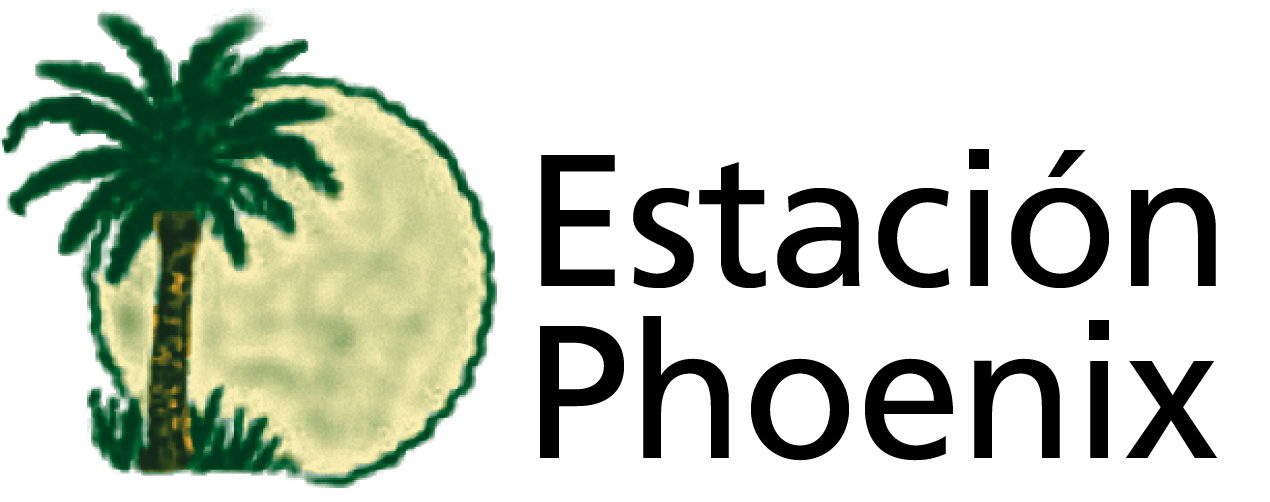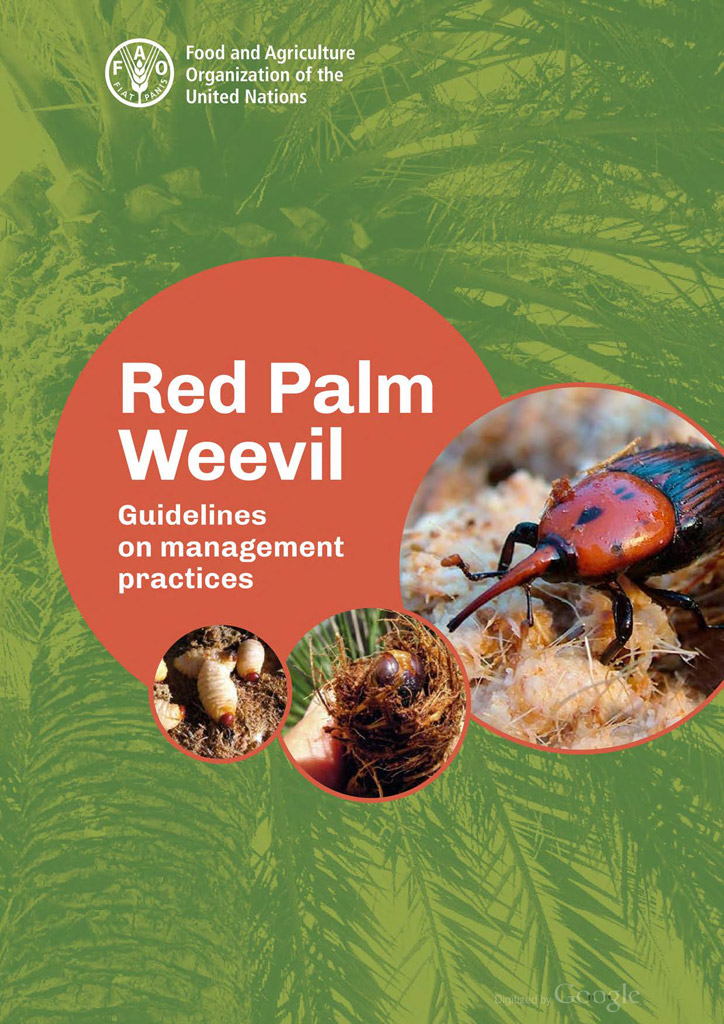Summary:
Since it was installed in the date palm in the Near East in the mid-1980s, the red palm weevil (RPW) Rhynchophorus ferrugineus Olivier has spread rapidly over the past three decades and is now a major palm infestation in a wide range of agroecosystems worldwide. . In most affected countries, the lack of management of RPW can be attributed to a lack of awareness of this pest and the lack of systematic and coordinated control actions or management strategies involving all stakeholders. These guidelines have been developed by FAO to support all involved in the day-to-day management of RPW in the field (including farmers and pest management professionals), researchers and decision makers and administrative stakeholders who support the implementation of integrated pest management strategies (IPRs) for RPW. Written by internationally recognized RPW experts, the guidelines describe the biology and host range of RPW and address all aspects of RPW-IPM, including surveillance, phytosanitary measures, early detection, pheromone trapping protocols, preventive and curative chemical treatments, severely removal and disposal of infested palm trees, and best agricultural practices to mitigate attacks.
PDF eBook edited by:
FAO. 2020. Red Palm Weevil: Guidelines on management practices. Rome.


